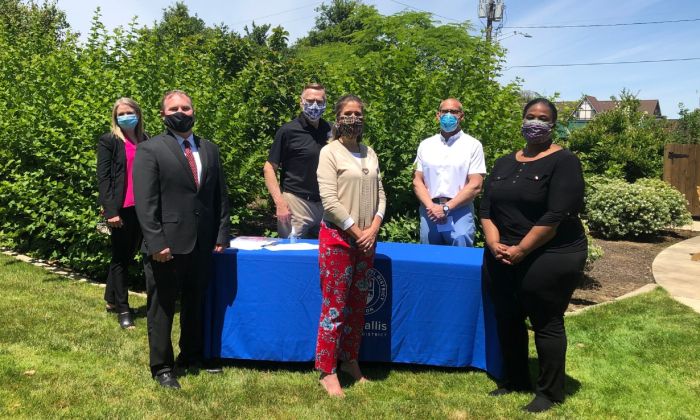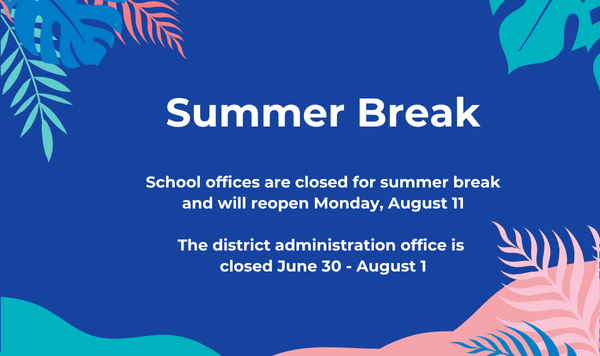Important News
Corvallis School District closed for summer break
Regional Racial Equity Group Signs Proclamation as a Call to Action

Over a year ago, in partnership with the NAACP Corvallis/Albany branch, the Corvallis School District initiated a regional conversation about racial equity in our public schools. A Regional Racial Equity Group formed with representatives from the NAACP Corvallis/Albany chapter and neighboring districts including Greater Albany, Philomath, Lebanon, and Linn Benton Lincoln-Educational Service District. Members of the group have met several times to gain a better perspective of the experience of students and staff of color across the region group and to build a regional community of educators who are focused on changing systems of inequity in our K-12 schools.
After a year of listening and learning, the group has drafted a proclamation acknowledging a commitment to build an educational system that addresses institutional racism and empowers, honors, and celebrates the cultures and identities of our diverse student population, empowering their voices and perspectives as shared partners in the educational system. The proclamation was signed in a ceremony on Thursday, June 18 at the Lonnie B. Harris Black Cultural Center on the OSU campus.
The proclamation will be a guiding force for school district leaders and will be used to hold the member organizations to be accountable to actively pursue racial equity. “The group has been working towards a collective commitment that silence is no more,” said NAACP president Angel Harris. “The facts of continued bias and violence towards members of our communities of color makes it more and more obvious that our schools need to take action and send a message to students and staff that they are supported.”
The mission of the group is to confront, interrupt, and dismantle systems of inequity that persist for students, staff, and families of color. “The proclamation is a call to action to all of us,” shared CSD Equity Coordinator Marcianne Rivero Koetje. “Our intention is to empower and encourage our students, staff, and communities of color and to keep the racial equity conversation in the fabric of every decision that we make in our schools.”


